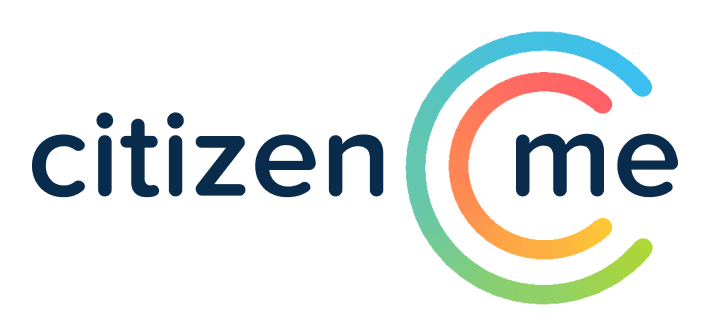
Survey checklist: what to look out for before you hit publish
Survey checklist: what to look out for before you hit publish https://www.citizenme.com/wp-content/uploads/2018/04/Survey-Checklist.png 600 442 Beth Hepple Beth Hepple https://secure.gravatar.com/avatar/8f7fce6d2c6864aa79cc3244d05191f6?s=96&d=mm&r=gWe all get pre-survey nerves. If you’ve ever felt (or are feeling) a bit nervous before publishing a survey, you’re not alone. Fear of forgetting something big, or missing something small is something most of us feel, even here at CitizenMe. That’s why it’s useful to have a checklist to refer to before you put out a general survey or CitizenMe Exchange. Here are some of the things you should definitely be looking out for before you hit publish!
Survey title and description
Check both your survey title and description match the nature of your survey. You should make sure that the attention-grabbing title of your survey is in line with what your questions are asking. Don’t call your survey ‘Biscuit preferences’ if your questions go on to talk about cake.
Audience
Make sure you’ve determined the right audience for your survey or exchange. There’s no point in sending it out to a broad audience, if really you only care about the responses of female millennials. You should only be making decisions on relevant data.
Question types
Have you used the right question type? For example, you can often better gauge audience perception to something using a rating scale question as opposed to a binary yes/no or single choice options. Double check that the questions you have used will give you the best results.
Answer options
Can everyone who will be seeing the question reasonably answer it (and give an accurate answer)? For example asking ‘When was the last time you drove a car?’ to everyone in a UK 18+ audience should include an answer such as ‘I have never driven’. If you’re unsure, using a N/A (not applicable) option can help. Is your answer list exhaustive? Do your point scales balance? You never want to use inaccurate information, so make sure that your answer lists offer all the available options to give your respondents the chance to answer honestly.
Logic where logic is due
Sometimes it helps to personalise parts of a survey to specific groups of respondents, using logic. . If you’re looking to speak to people about issues to do with driving, a non-driver may not be able to answer accurately and probably isn’t interested in the question at hand. Make sure you double check logic routes before hitting ‘Go’ to ensure respondents only see applicable questions to them, and you’re getting accurate data back.
1, 3, 5, 2
The order you ask your questions can often have an important bearing on the results of a survey. Make sure your questionnaire has a logical flow so that the narrative is easy to understand – surveys should sound conversational! Also make sure any terms or acronyms you’re using are clearly explained. It’s always best to err on the side of assuming some respondents may have little to zero knowledge about the topic you’re asking questions about.
Beware of the typos!
Triple check for typos, we can’t stress this enough. A survey with great questions but tons of spelling mistakes will lose the attention of the respondent and reduce the quality of your data. If you want your respondents to take you seriously, you need to make sure that your questions are typed correctly and are free from mistakes.
- Posted In:
- How to




Leave a Reply